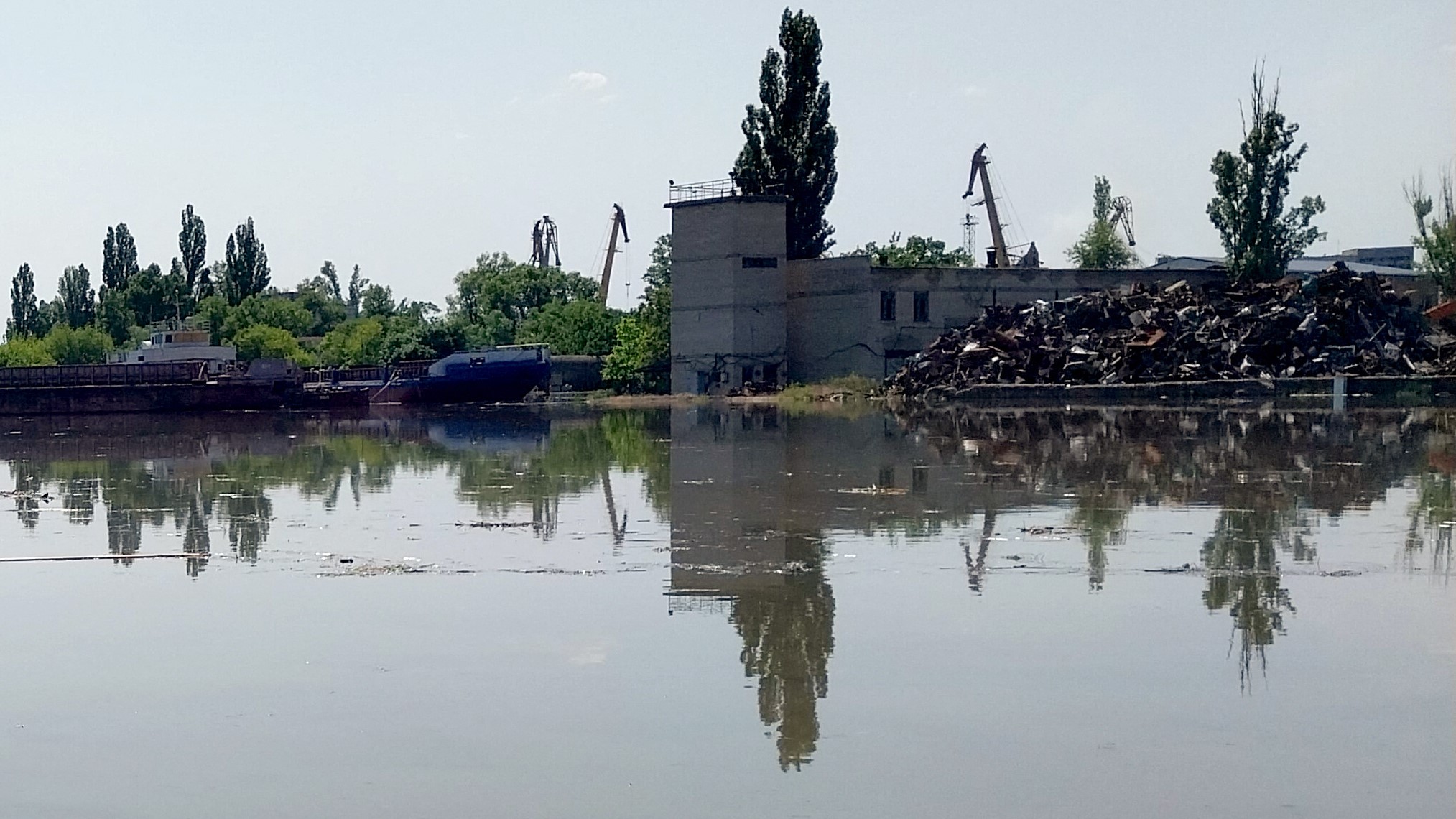

The explosion that destroyed a Ukrainian dam, flooding much of the country and displacing thousands, was likely caused by Russia, the New York Times reports.
The Kakhovka Dam ruptured on June 6. The damage let loose a deluge from a reservoir the size of the Great Salt Lake in the United States. Both Ukraine and Russia have accused each other of the sabotage. The cause, the New York Times reports, was an explosion in an underground passageway, likely by a charge placed there.
“But the evidence clearly suggests the dam was crippled by an explosion set off by the side that controls it: Russia,” reporters wrote.
U.S. intelligence groups previously said that a heat signature consistent with an explosion was spotted at the dam before it ruptured. The New York Times reporting notes that seismic sensors picked up a large explosion as well. The area around the dam had been the site of fighting, but engineers and scientists who the paper contacted noted the Soviet-era dam was built to withstand heavy outside damage.
Subscribe to Task & Purpose Today. Get the latest military news and culture in your inbox daily.
When the dam burst nearly two weeks ago, the waters flooded large parts of the country, displacing thousands. It’s unclear how many people have died as a result. The water has spread as far as the Odessa region along the coast of the Black Sea.
The 16-month-long war has killed thousands and devastated cities. The flooding from the dam has had an impact far beyond the initial deluge. There are serious concerns about unsafe drinking water, with local officials and doctors bringing in medicine in preparation for possible outbreaks of cholera and other diseases. The reservoir had been one of the main sources of drinking water in Ukraine, and the dam a major hydroelectric generator for the country. It also was a source of irrigation for Ukrainian farmland; the country was a major grain exporter before the start of the war, and many other nations depend on it for food supplies. Russian forces are also firing on those displaced by the floodwaters, per reports.
The targeting of dams as well as the use of floods as a weapon of war are not new. During World War II, Allied forces bombed dams to impact the Nazi electrical supplies. Also during the war, the Soviet Union blew up a dam in Zaporizhia, in an effort to stall the Nazi invasion. The ensuing flooding killed thousands of civilians. Flooding fields to displace or kill people has been a reoccurring tactic in war for centuries; during China’s Taiping Rebellion, a devastating civil war that killed tens of millions between 18, the Qing dynasty opened the Grand Canal, the floods killing scores of the Taiping rebels.
Ukraine is in the middle of its long-expected counteroffensive. Despite major Western aid, including tanks, and new brigades, Ukraine has made minimal gains in the east and south. Fighting has been severe, with heavy casualties on both sides. In a rare admission, Russian officials confirmed it lost the town of Piatykhatky in the Zaporizhia region, but claimed that Ukraine suffered “colossal losses.” Meanwhile Ukraine claims to have destroyed a major Russian arms depot in the southern city of Kherson.
The latest on Task & Purpose
- Navy fires commander of destroyer USS Stout
- Wagner mercenaries capture Russian brigade commander
- Marines want to use Tomahawks to sink enemy ships from 1,000 miles away
- Marine Corps names new top enlisted leader
- Marine Corps drops charges against lance corporal who spent 113 days in the brig
